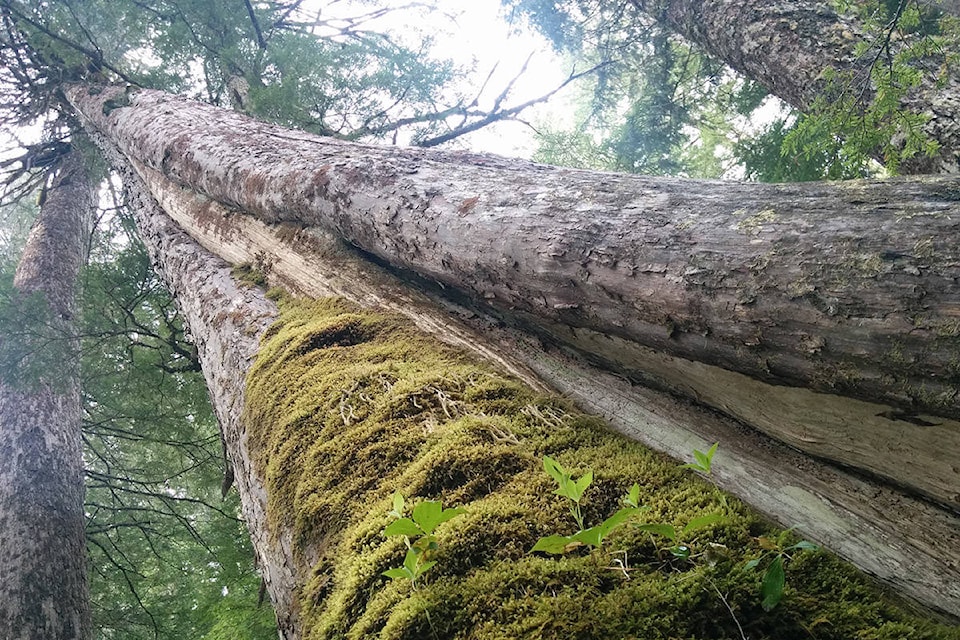A recent CBC radio program Quirks and Quarks described a family of human made chemicals called per- and polyfluoroalkyl substances (PFAS) that are found in a wide range of products used by consumers and industry. They’re sometimes called “forever chemicals” because they last so long in the environment and are found in everything from non-stick cookware to microwave popcorn bags, firefighting foam and stain-repellent fabrics. But their many positive attributes could come with a price for the environment and your health. There are nearly 5,000 different types of PFAS, some of which have been more widely used and studied than others.
Every airport in Canada of a certain size is legally required to have a firefighting crew on standby, and those crews have to practice. But the firefighting foam that airports used exclusively until 2019, and that many probably still use, often contained a cocktail of PFAS chemicals.
It was great for putting out aircraft fires, but unfortunately also readily leached into local groundwater. Maps of the contaminated Canadian sites showed 10 hotspots at B.C. airports including Prince George, Penticton and Williams Lake. A separate map also shows six surface water areas in B.C. with high concentrations of PFAS chemicals . Studies by both federal and provincial governments are ongoing to determine the extent of the contaminated sites.
READ MORE: Public input should include more categories than just old growth
There could be as many as 152 to 420 contaminated airports around Canada, according to a 2018 study. On top of those, military bases are also known to be sources of PFAS contamination. The Canadian Department of National Defence says there are 26 different military properties across the country where PFAS contamination is either suspected or confirmed. That has implications for the health of people living in these areas whose groundwater becomes affected but also for firefighters. From my limited research there do not appear to be PFAS chemicals in the retardant mixed with water for air tankers used to fight forest fires.
A number of stories in the U.S. about areas contaminated by PFAS chemicals include contaminated water near a Wolverine footwear factory which uses these chemicals to waterproof shoes and a number of male and female firefighters that had above average health issues which are believed to be related to the use of foam laced with PFAS chemicals. The recommended maximum level PFAS chemicals in ground water is around a thousand parts per trillion while some of the contaminated sites were over 80 thousand parts per trillion.
Leading toxicologist Linda Birnbaum, the recently retired director of the U.S. National Institute of Environmental Health Sciences and National Toxicology Program, said PFAS “cause a plethora of effects in multiple tissues, both males and females, many life stages and across the vertebrate kingdom.”
The list of diseases and conditions with well-established links to PFAS includes the following: testicular, kidney, prostate and ovarian cancers, Ulcerative colitis, high cholesterol, pregnancy-induced hypertension, thyroid disruption, hormone changes plus eight additional health issues. Another problem: When a company wants to bring a new product into Canada, the onus is on Health Canada and Environment and Climate Change Canada to determine within just three months if it’s safe. With about 90,000 chemicals used domestically in Canada and the U.S., it’s an “unrealistic exercise.” That means Canada doesn’t have the authority to know which chemicals are used in which non-stick pan, rain jacket or pair of stain-resistant pants.
Sources of map information: Transport Canada, Department of National Defence, Federal Contaminated Sites Inventory, Environment and Climate Change Canada Report, Environmental Science & Technology, Society of Contaminated Sites Approved Professionals of British Columbia, City of Williams Lake (Ben Shannon/CBC).
greg.sabatino@wltribune.com
Like us on Facebook and follow us on Twitter
